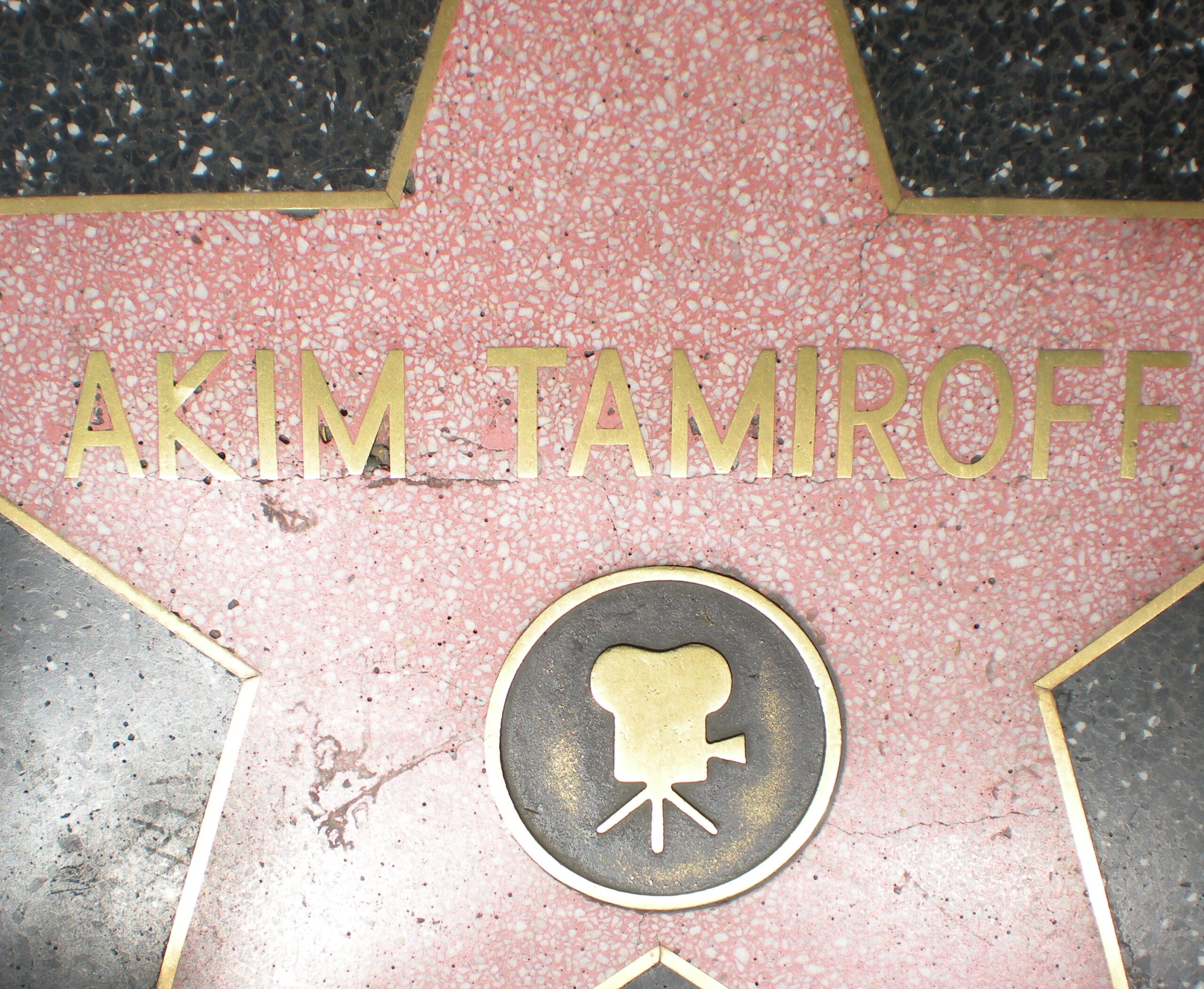UNITED STATES—I’m so glad my sister and I were read to from an early age—to that we owe a lifelong love of reading and story time, but in our household story time was a little different. My mom read to us from “The Little Train That Couldn’t.” I guess my mother has never heard of that American staple, the can-do story of success against all odds.
Here follow selections from “The Little Train The Couldn’t,” that dwell in fond memory alongside other beloved childhood tomes, “Charlotte’s Web of Deceit” and “Charlie and the Chocolate Allergy.”
The Wrong Brothers
Two brothers, one dream. The people said you are crazy. One of the brothers was a prodigy; he had declared bankruptcy before he was 11 years old. “Don’t give up,” said brother Orville. And Wilbur didn’t; the prodigy brother declared bankruptcy a second time before he was 12, then was convicted of a bunco scheme in Cleveland and graduated to felony extortion. This would have stopped people of less grit and determination dead in their tracks. One free, one incarcerated, the brothers persevered, smuggling new plans for the flying machine in and out prison via homing pigeon.
Wilbur got out on parole, and they were able to construct the first prototype. They were a team and they didn’t give up after one of the canvas wings stretched on balsa wood collapsed and left Wilbur stranded on treetops, legs dangling in midair. Then hunters in red flannel shirts were looking for some pheasant to shoot and they shot Orville, and they didn’t give up because of this minor setback. The brothers were a team and they were going to see this thing through together even if Orville had to be taxidermied and required the presence of a ventriloquist to have conversations with his brother.
They eventually tried 200 materials to lighten the load, including cheesecloth (their assistant kept trying to eat it) and gossamer (impractical). Ectoplasm was discovered to be amazingly lightweight and aerodynamic.
After Orville started giving him the “silent treatment” (in point of fact, the ventriloquist had headed for green pastures in Vaudeville).
Wilbur decided to call it quits and become a bicycle thief. Nobody called him crazy any more.
Laughing Stock of Barstow
Edith had moxie and spunk, although she had been diagnosed with inoperable hemophilia at the age of three years old. She said she could bring an ice-hockey team to the high desert. They all thought Edith was crazy, even her own granddaughter. She was the laughing stock of Barstow. She was only 12 and a Girl Scout. They said, ‘Leedle girl, you’ll never sell enough Girl Scout cookies to bring the Blackhawks Ice Hockey Team to Barstow.’
Undeterred she kept on selling the cookies till she was well over 29, and the National Girl Scouts censured her for overage selling. The funds in the jar kept mounting. “You’ll never bring the National Hockey league to Barstow,” they said. They called her a fool and naïve. Her own family mocked her and kept hiding the scissors from her. But Edith didn’t let this emotional pressure get to her; she started selling her own cookies and scraped together enough for a down payment on a used Zamboni. More money started coming in from townspeople who grudgingly admired her spunk. Things were looking up.
While filling out registration papers for the Zamboni, she suffered a paper cut which proved fatal.
Meshuga
He had a dream. Director Jules Kaminsky might be over the hill and half blind, but that didn’t mean still things couldn’t get worse. He had been living out of his car for a year with his beloved Pomeranian dog. Things got so bad he sold the car and the dog, his last possession in the world. Then out of the blue Guccione offered him a spot directing soft-core.
It was the 70s when they used real film. Kaminsky horded the spool ends; a bit of unexposed film on the end of the reels. From that he was going to piece together his masterpiece, for which he had already shot exteriors in Europe with three different size stand-ins for Marlon Brando, never showing the actor’s face as he trudged across the Pyrenees.
Kaminsky was himself trudging down Wilshire Blvd. one day, gazing at the sidewalk, and a voice said, “Are you looking for change?” It was a producer who offered to fully fund Kaminsky’s masterpiece. Allan Lasky, Jr. had seen the exteriors shot in Europe and thought them “brilliant.”
Even though Kaminsky had sold his dog and was at rock bottom, he would not acquiesce to change the title character—Walter Benjamin, a European intellectual “hardly known outside of Illinois”—and build a new story around Jean Paul Sartre, whom producers considered “sexier” and they hoped to entice Groucho Marx out of semi-retirement to play the lead. Kaminsky wouldn’t budge. Only Brando would do. They all said he was crazy. His own mother begged him to do whatever they said. “Jules,” she railed, “you are a meshuga and nobody will ever hear of you again.” But he showed them.
To this day, when Kaminsky walks into the East Patio of Farmers Market or into the Directors’ Guild, everyone whispers and says, “There’s Jules Kaminsky, the porn director.”
Grady Miller is a humorist and author of Later Bloomer: Tales from Darkest Hollywood, newly released on Kindle http://amzn.to/2bPOzcG.






